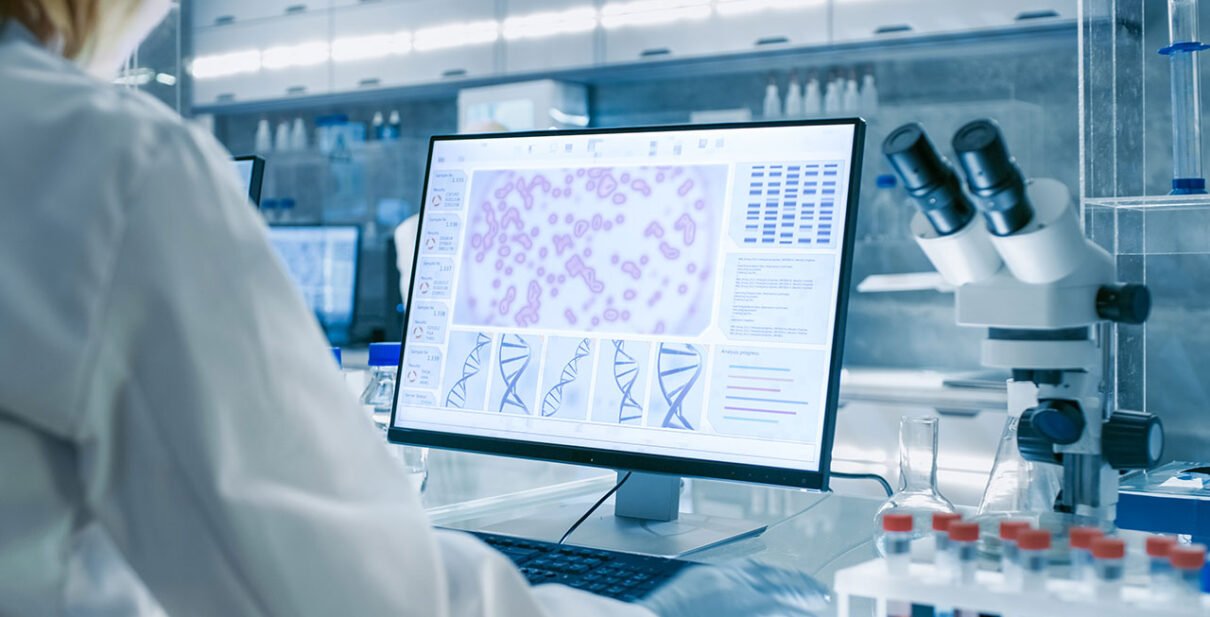In the pharmaceutical industry, ensuring drug safety and efficacy requires meticulous attention to impurity control. The International Council for Harmonisation (ICH) has established comprehensive guidelines that serve as the global standard for pharmaceutical impurity testing. Understanding and implementing these guidelines is crucial for pharmaceutical manufacturers, analytical laboratories, and regulatory professionals worldwide.
What Are ICH Guidelines?
The ICH guidelines represent a harmonized approach to pharmaceutical regulation across major markets including the United States, European Union, and Japan. Specifically, ICH Q3A (R2) addresses impurities in new drug substances, while ICH Q3B (R2) covers impurities in new drug products. These guidelines establish internationally accepted thresholds for impurity identification, qualification, and reporting.
ICH Q3A: Impurities in New Drug Substances
ICH Q3A focuses on impurities present in drug substances (active pharmaceutical ingredients). The guideline categorizes impurities into three main types:
Organic Impurities: These include starting materials, by-products, intermediates, degradation products, and reagents used during synthesis. Organic impurities are typically the most concerning from a safety perspective and require careful monitoring throughout the manufacturing process.
Inorganic Impurities: This category includes reagents, ligands, catalysts, heavy metals, and other inorganic materials that may be introduced during the manufacturing process. While often present in lower concentrations, inorganic impurities can significantly impact drug safety and stability.
Residual Solvents: Solvents used during synthesis or purification processes may remain in the final drug substance. These are controlled according to ICH Q3C guidelines, which classify solvents based on their toxicity and establish acceptable limits.
Threshold Levels and Reporting Requirements
The ICH Q3A guideline establishes specific threshold levels that determine when impurities must be reported, identified, and qualified:
- Reporting Threshold: 0.05% or 1.0% depending on the maximum daily dose
- Identification Threshold: 0.10% or 1.0% depending on the maximum daily dose
- Qualification Threshold: 0.15% or 1.0% depending on the maximum daily dose
These thresholds are based on the maximum daily dose of the drug substance, with lower thresholds applying to drugs with higher daily doses. This risk-based approach ensures that impurities in frequently used medications are more strictly controlled.
ICH Q3B: Impurities in New Drug Products
ICH Q3B addresses impurities in finished pharmaceutical products, including those arising from degradation of the drug substance or interactions with excipients. The guideline recognizes that drug products may develop additional impurities during storage and handling.
Degradation Products: These impurities form during storage due to chemical reactions involving the drug substance, excipients, or packaging materials. Common degradation pathways include hydrolysis, oxidation, and photolysis.
Interaction Products: These result from chemical reactions between the drug substance and excipients, creating new impurities not present in the individual components.
Analytical Method Development for Impurity Testing
Developing robust analytical methods for impurity detection requires careful consideration of several factors:
Method Selectivity: The analytical method must be capable of separating and detecting impurities in the presence of the main drug substance and excipients. High-performance liquid chromatography (HPLC) with appropriate detection methods is commonly used.
Sensitivity and Specificity: Methods must be sensitive enough to detect impurities at threshold levels while remaining specific for the target impurities. This often requires method optimization and validation studies.
Stability-Indicating Methods: For drug products, analytical methods must be stability-indicating, meaning they can separate degradation products from the intact drug substance. This requires forced degradation studies during method development.
Impurity Reference Standards
Accurate impurity testing requires appropriate reference standards. These may include:
Pharmacopeial Standards: Official reference standards provided by pharmacopoeias such as USP, EP, or JP.
Custom Synthesized Standards: For unique impurities not available commercially, custom synthesis may be necessary to obtain pure reference materials.
Characterized Impurities: Impurities that have been isolated and characterized from actual drug substance or product samples.
Regulatory Compliance Strategies
Successful ICH guideline implementation requires a comprehensive approach:
Early Planning: Impurity control strategies should be developed during drug development, not as an afterthought before regulatory submission.
Risk Assessment: Understanding the potential for impurity formation helps prioritize testing and control strategies.
Analytical Method Validation: All analytical methods must be validated according to ICH Q2 guidelines, ensuring accuracy, precision, and reliability.
Documentation: Comprehensive documentation of impurity testing, including method development rationale and validation data, is essential for regulatory submissions.
Ongoing Monitoring: Post-approval monitoring ensures continued compliance and may identify new impurities requiring evaluation.
Common Challenges and Solutions
Pharmaceutical companies often face several challenges in implementing ICH guidelines:
Unknown Impurities: Identifying and characterizing unknown impurities can be time-consuming and expensive. Advanced analytical techniques such as LC-MS/MS and NMR spectroscopy are often required.
Method Transfer: Ensuring analytical methods work consistently across different laboratories requires careful method transfer protocols and validation.
Regulatory Variations: While ICH guidelines provide harmonization, regional regulatory agencies may have additional requirements that must be considered.
Future Trends in Impurity Control
The field of pharmaceutical impurity control continues to evolve:
Advanced Analytics: New analytical technologies are improving our ability to detect and characterize impurities at lower levels.
Predictive Modeling: Computer modeling is being used to predict potential impurities and degradation pathways.
Quality by Design: QbD principles are being applied to impurity control, leading to more robust and predictable processes.

